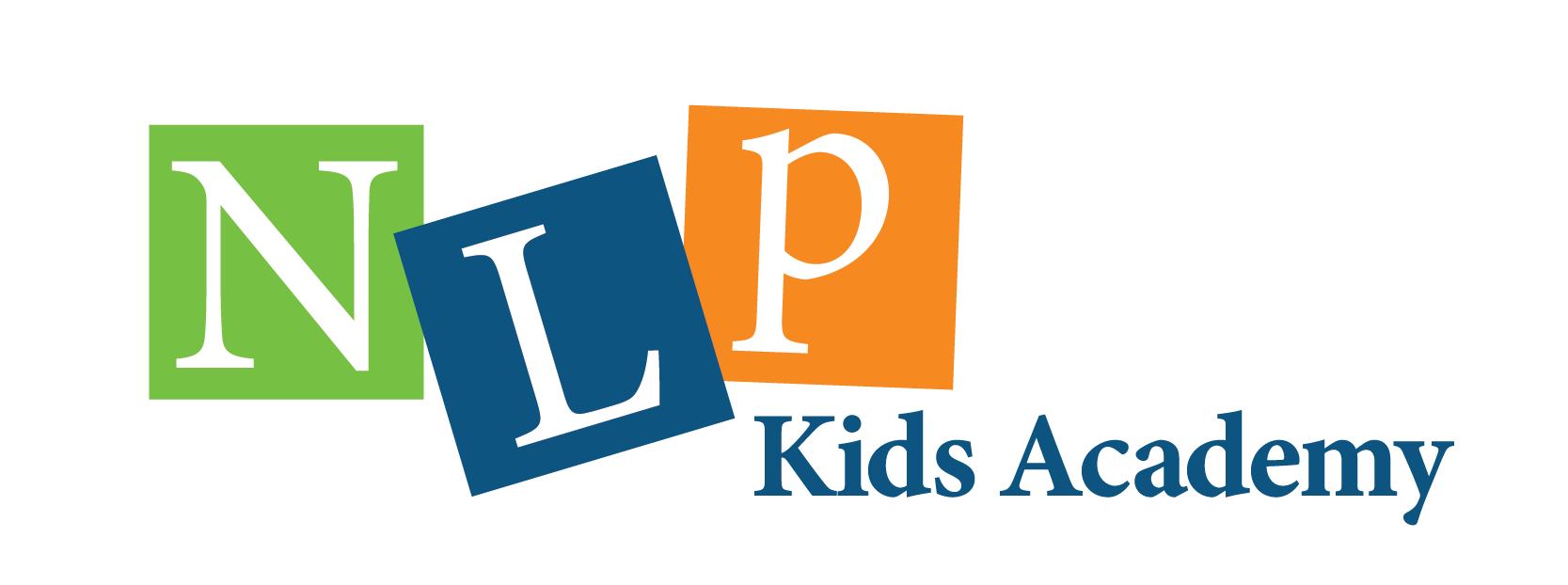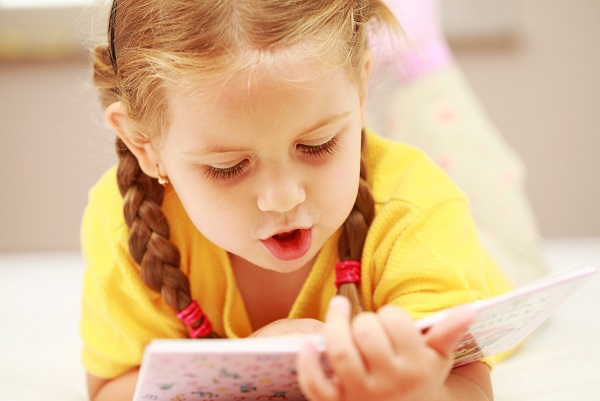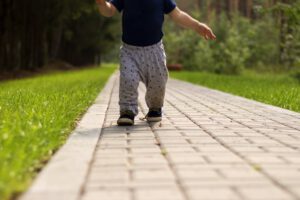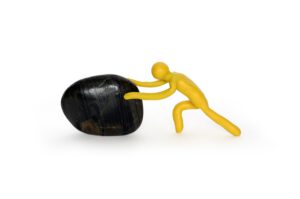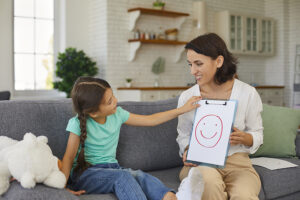Each of us (both adults and children) has a large number of “hats”. When we are in a certain situation we wear a suitable “hat” and when we are in another situation we wear another “hat” (and so on). There are those who we can immediately identify which “hat” they are wearing through their body language… the discourse that forms… but there are quite a few who hide their “hats” and are too ashamed to show it to others. This also happens when a child/teenager comes to us for the first meeting at the clinic – there are children who have no problem showing their true selves and sharing, and some are a little shy.
As we all know, one of the important tools for the success of the series of meetings is: creating a rapport. That is, entering the inner world of the child/teenager and leading them towards the change that child seeks to achieve.
The question is, how can we enter the inner world of a child/teenager who has difficulty conversing with us? That one who’s too shy to share their inner world with us?
The following activity is an experiential activity that will help the child/teenager share their story with us and reveal themselves to us (with almost no direct dialogue). Through that, we will retrieve a wide range of information about the inner world of the child/teenager which will allow us to join them (more easily) in order to lead them to the desired change.
We would love to receive feedback and hear from you if this technique worked for you 🙂
“The Book of _________ “
This activity is intended for the first meetings with the child/teenager. It is designed for the purpose of an in-depth acquaintance with the inner world of the patient, and allows us to retrieve as much information as possible, which can help us during the series of meetings.
Required Materials:
– A number of A4 blank pages, of which we will create a small notebook for the child/teenager (more about that later).
– Scissors.
– Glue.
– Colors (markers, coloring pencils, crayons, highlighters, etc)
– Clippings from different magazines.
– Pens/pencils.
– An eraser.
The Activity:
1. The book must be made ahead of time.
How to make the book:
• Take several A4 pages and fold them into quarters.
• Cut and staple the quarters of the page into a book. (We would want to have as many stapled pages as possible).
• Each quarter of a page will be used as a chapter in the book.
• Leave the first page in the “book” blank. At the top of each quarter of a page (each “chapter”) write the name of the chapter. (see appendix with a list of recommended “chapters”).
2. Before giving the “book” to the child/teenager, we will tell them that it is very important for us to get to know them better, and for that reason we have prepared a “book” for him. (give the “book” to the child/teenager).
3. “As you can see, the “book” is mostly empty, and apart from titles, there is nothing in it. Today we will start (and maybe even finish) filling the pages of the book.
4. We will ask the child to write on the first page in the middle (the blank page) the title: “The story of _____” (the child’s name). If they want, they can decorate the first page – the cover.
5. Then, we will instruct the child to open the book and write/draw/paste sentences/words/pictures that match the title of each chapter in the book.
6. When they’re done, we will ask the child/teenager to explain to us in their own words about each and every chapter (at this point we will write down insights that will be able to help us during the series of meetings).
7. It is advisable to keep the “book” that the child/teenager created at the beginning of the series of meetings and at the end of the series to create another “book” (in the same way with the same “chapters”) and make note, with the child/teenager, what are the changes that happened and the “chapters” they would like keep working on.
Appendix: List of “Chapters”
1. What do I look like? (in my own eyes/others’ eyes)
2. What would I like to look like? (in my own eyes/others’ eyes)
3. What are the things that I excel at?
4. What are my favorite foods?
5. What is my favorite place to go to on a vacation?
6. What is the achievement that I am most proud of?
7. What do I like to do on a rainy day?
8. What are the things I like to do with my family the most?
9. What are the things that make me sad?
10. What are the things that make me happy?
11. What are my dreams/plans for the future?
12. How do I feel right now?
13. How would I like to feel in the future?
14. How do I behave now?
15. How would I like to behave in the future?
16. What are the qualities I like about myself?
17. What are the things I would like to change about myself?
18. What are the things I would like to stay the same about me?
19. What are the qualities I like in others?
Of course, this list is only a recommendation. You are welcome to add and change it according to what suits you 🙂
